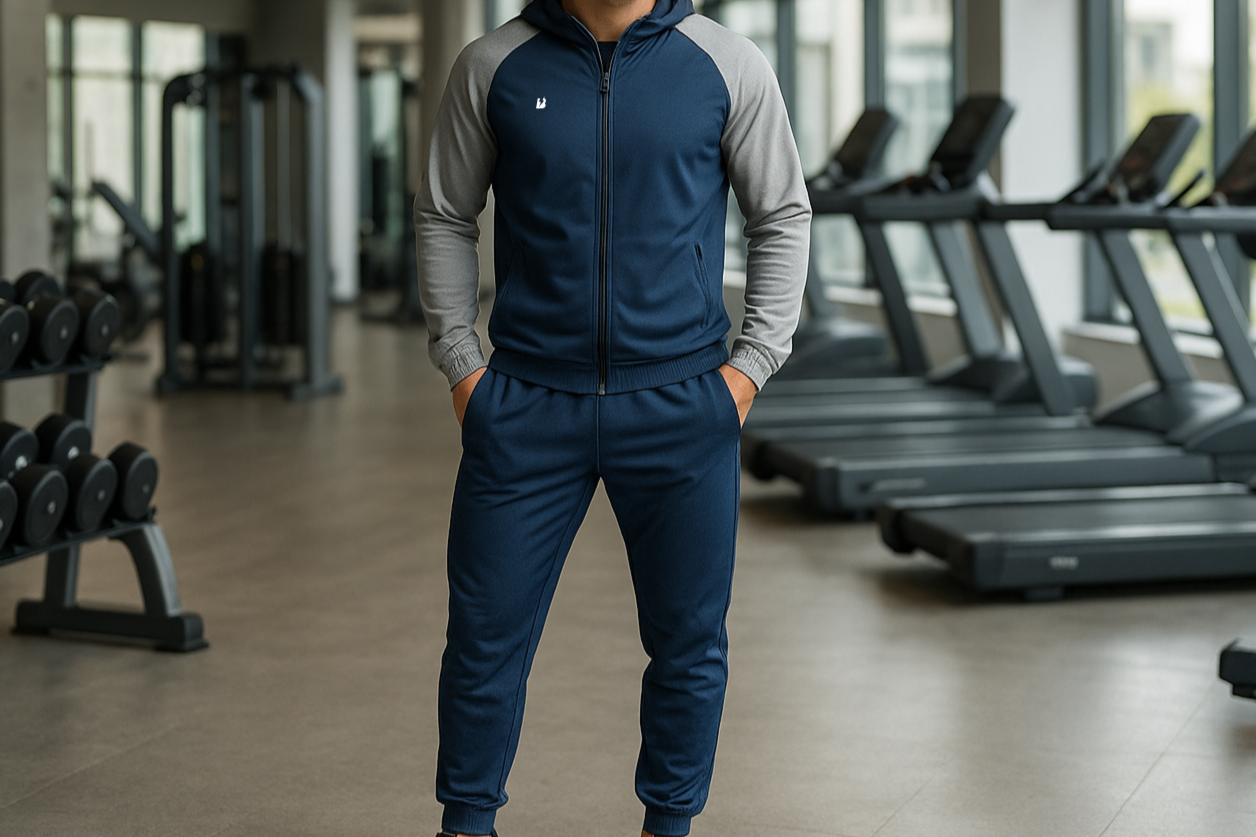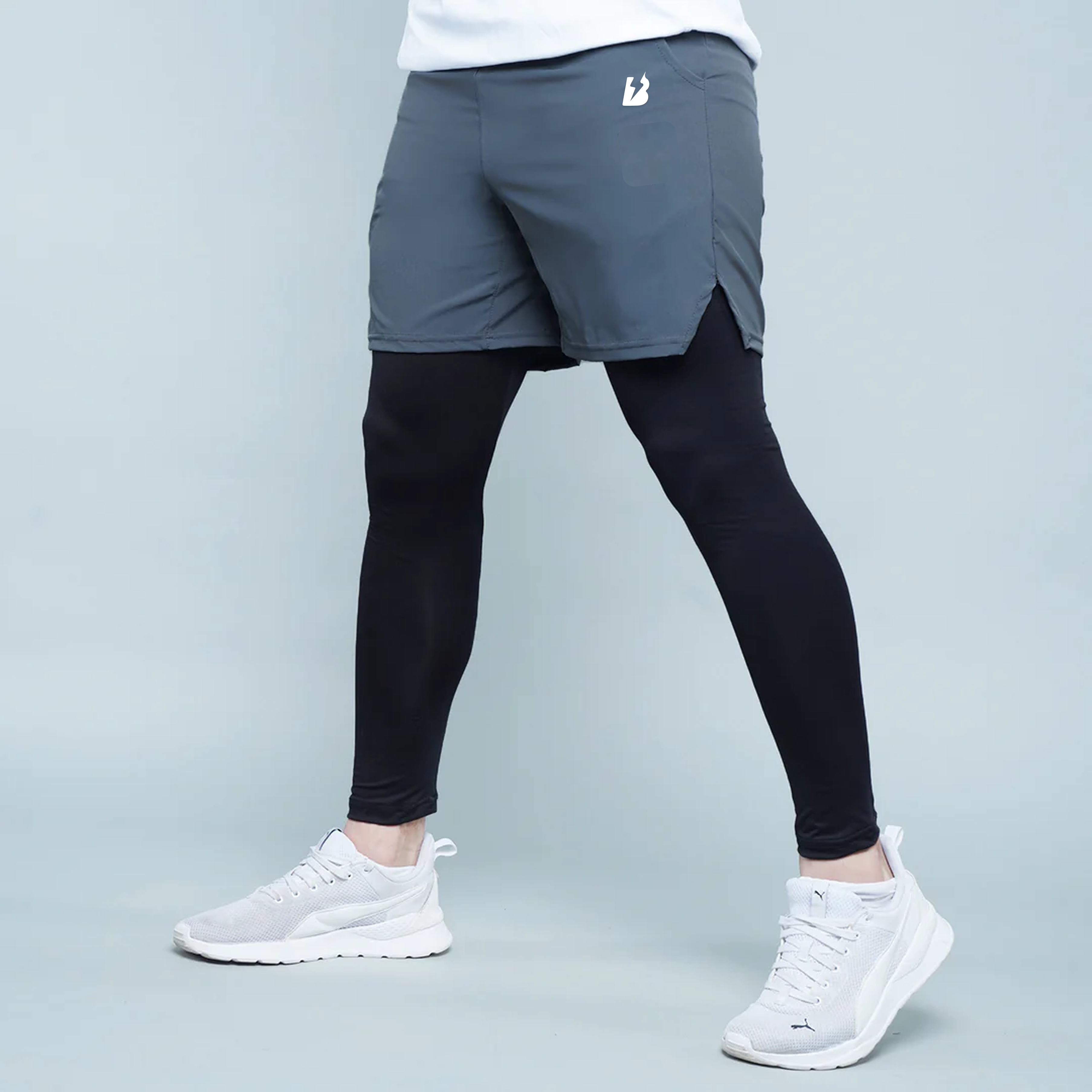
Best Back Workouts Without Machines: Build Strength Anywhere
Share
Introduction
Building a strong, sculpted back is essential — not only does it look good, it helps posture, supports lifts, prevents injuries, and improves overall strength. You don’t always need machines or fancy equipment to get serious gains. With the right exercises, form, and consistency, your back can get strong and powerful using bodyweight and minimal tools.
Why Back Strength Matters
- Supports your spine, reduces risk of back pain.
- Helps in compound lifts (deadlifts, rows), improves athletic performance.
- A strong back improves posture and looks impressive (shoulder width, V-shape).
Key Principles to Follow
- Focus on activation: squeezing the muscles you want (lats, traps, rear delts).
- Progressive overload: increase reps, sets, or difficulty (e.g. angle, leverage).
- Form over reps to avoid injury.
- Rest and recovery matter.
To get the most from these workouts, see our post on how to recover well after intense workouts for tips on rest, nutrition and reducing soreness.
Back Workouts Without Machines
Here are some of the top exercises you can do at home or a gym without machine-based gear:
| Exercise | Target Muscles | How to Do It |
|---|---|---|
| Inverted Rows | Mid-back, lats, biceps | Use a bar/rig/platform. Keep body straight, pull chest to bar. |
| Superman/Hollow Back Holds | Lower back, erectors, core | Lying flat, lift chest and legs. Hold, lower slowly. |
| Scapular Pull-Ups / Scapular Shrugs | Traps, scapular stabilizers | Hanging position, retract shoulder blades, no bending arms. |
| Push-Up plus Row (using dumbbells) | Back + core + arms | Push-up + row motion, one arm at a time. |
| Reverse Snow Angels or “Y-L-T” Raises on Floor | Rear delts, upper back | Lie facedown, lift arms into Y, L, T shapes. Slow and controlled. |
Sample Routine
- Warm-up: 5-10 minutes of light movements (arm circles, cat-cow, band pulls).
- Main work: 3 sets each exercise above, 8-15 reps depending on difficulty.
- Progressions: elevating feet, adding tempo, using a weighted vest or backpack.
- Cool down and stretch: lat/siding stretches, child’s pose, shoulder stretch.
Common Mistakes to Avoid
- Letting hips sag or arching lower back too much.
- Pulling with arms instead of back (mind-muscle connection).
- Rushing reps / using momentum instead of control.
- Skipping warm-up or cold stretching → leads to poor recovery and injury.
Recovery, Nutrition & Supplement Tips
Recovery is just as important as the workout. Get enough protein, good sleep, hydration. Stretch or foam roll. Optional supplements (if you use any) can help but should not replace food.
FAQ
- Will doing bodyweight moves alone be enough? Yes — if you push difficulty and volume. Add resistance over time.
- How often should you train your back? 2 times a week is enough for most; allow at least 48 hours rest.
- What if I have no pull-up bar? Use tables/inverted rows, resistance bands, door anchors — many alternatives.
Resources & Credible Reference
For more on how bodyweight/back training works and variations, check this detailed guide: Calisthenics Back Exercises: Best Exercises For All Levels on FitnessApie.
If you’re planning your next gym upgrade, don’t miss our guide to the latest best home gym equipment that enhances back training — combining strength and stability.













